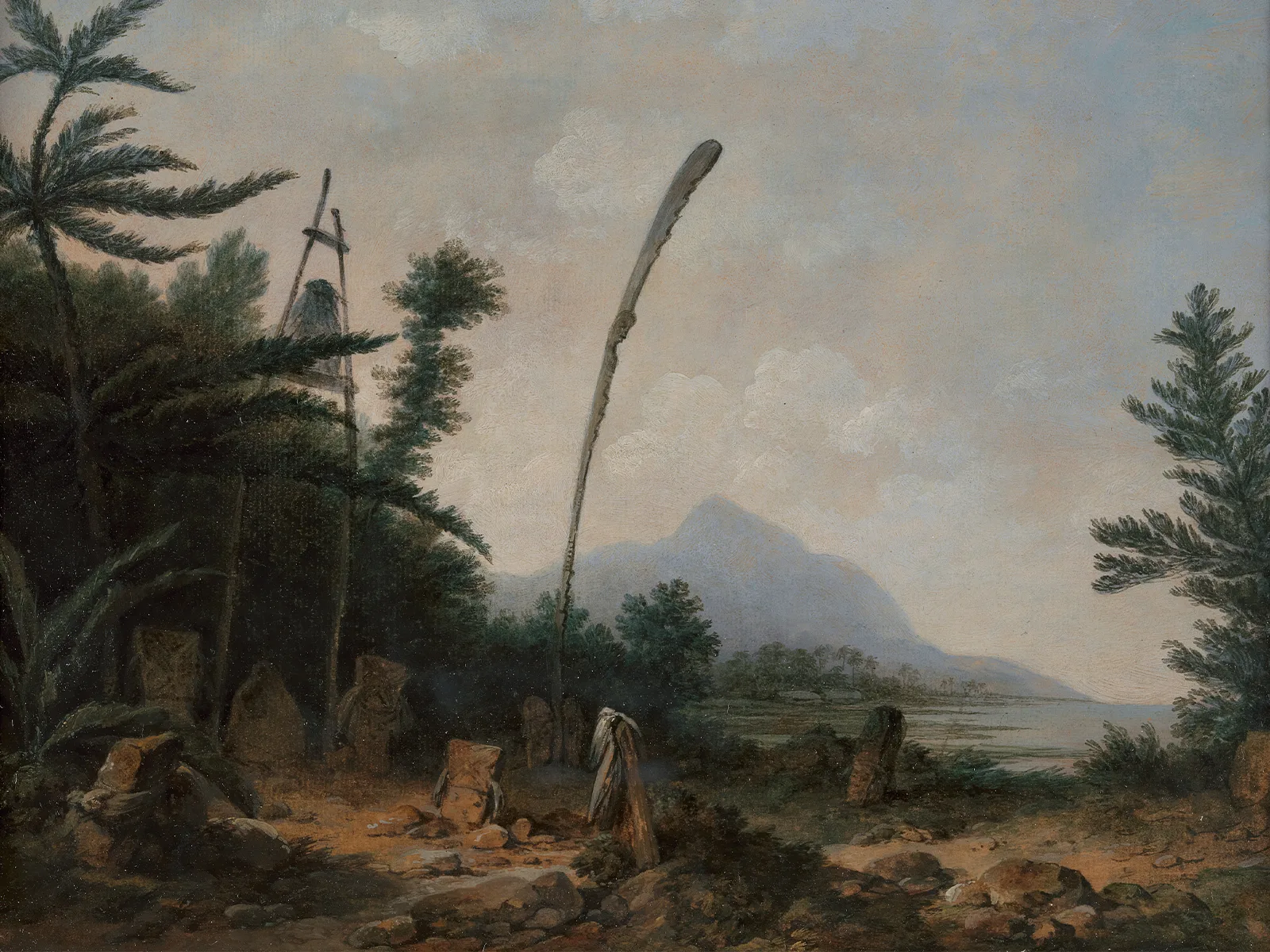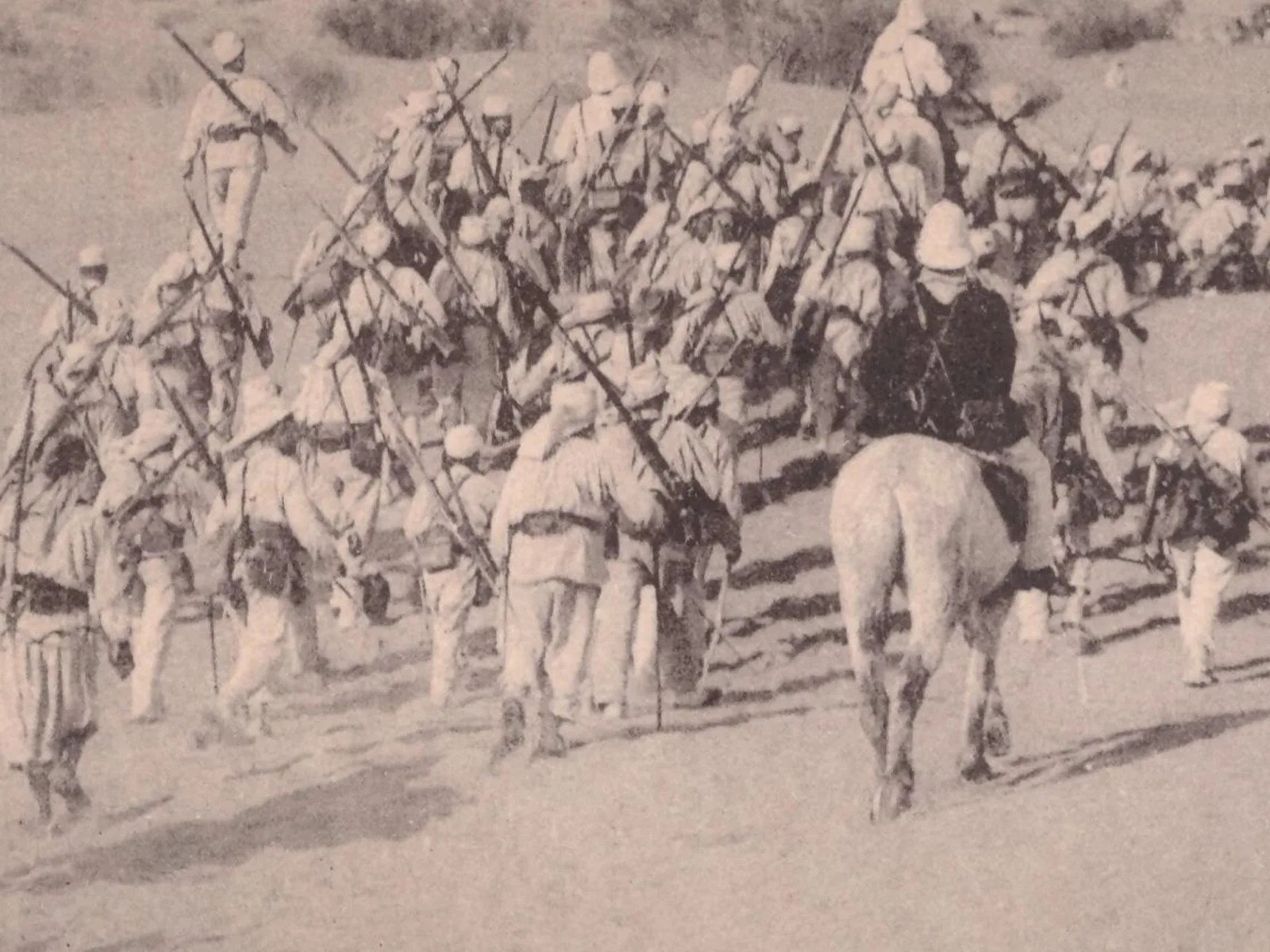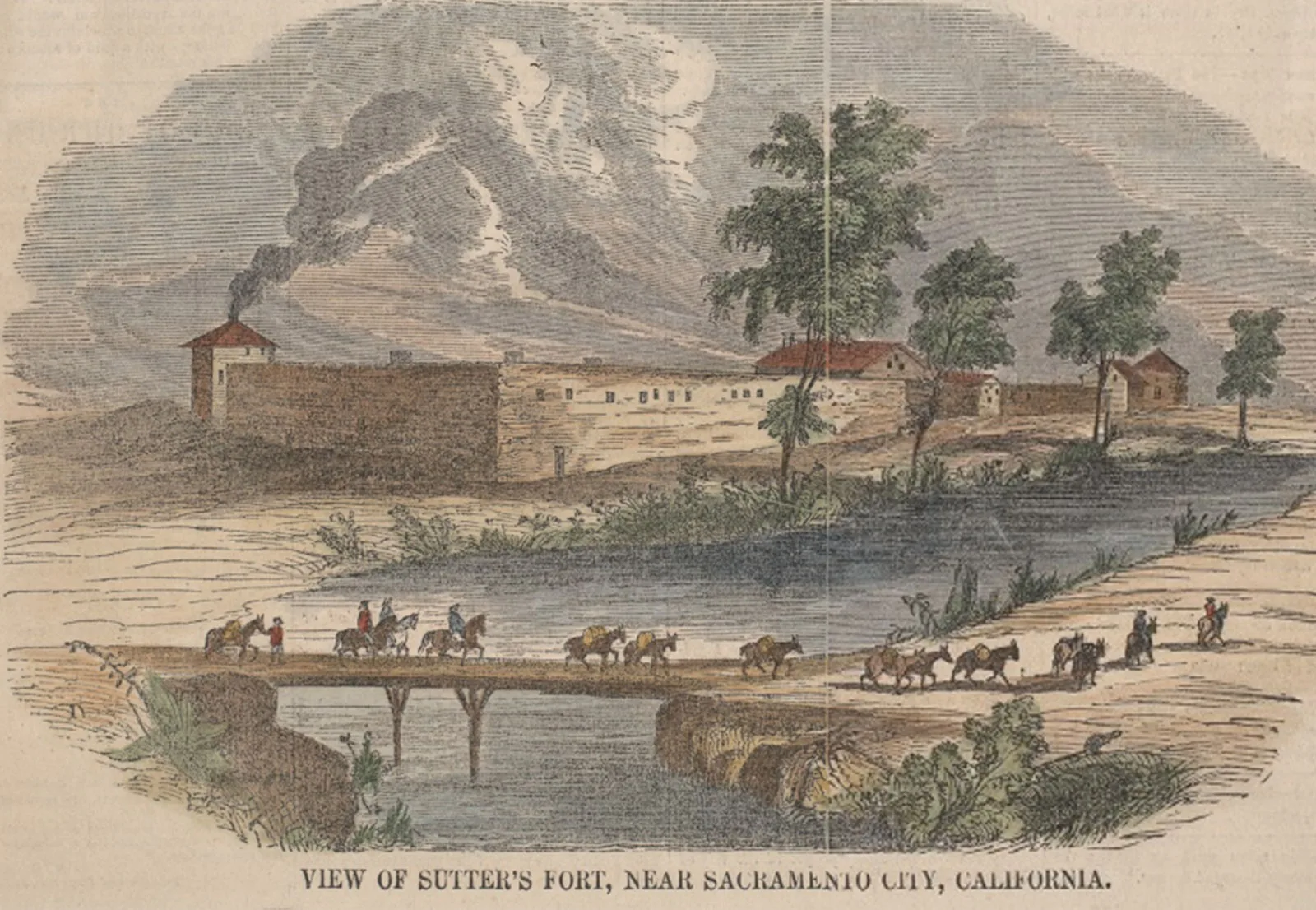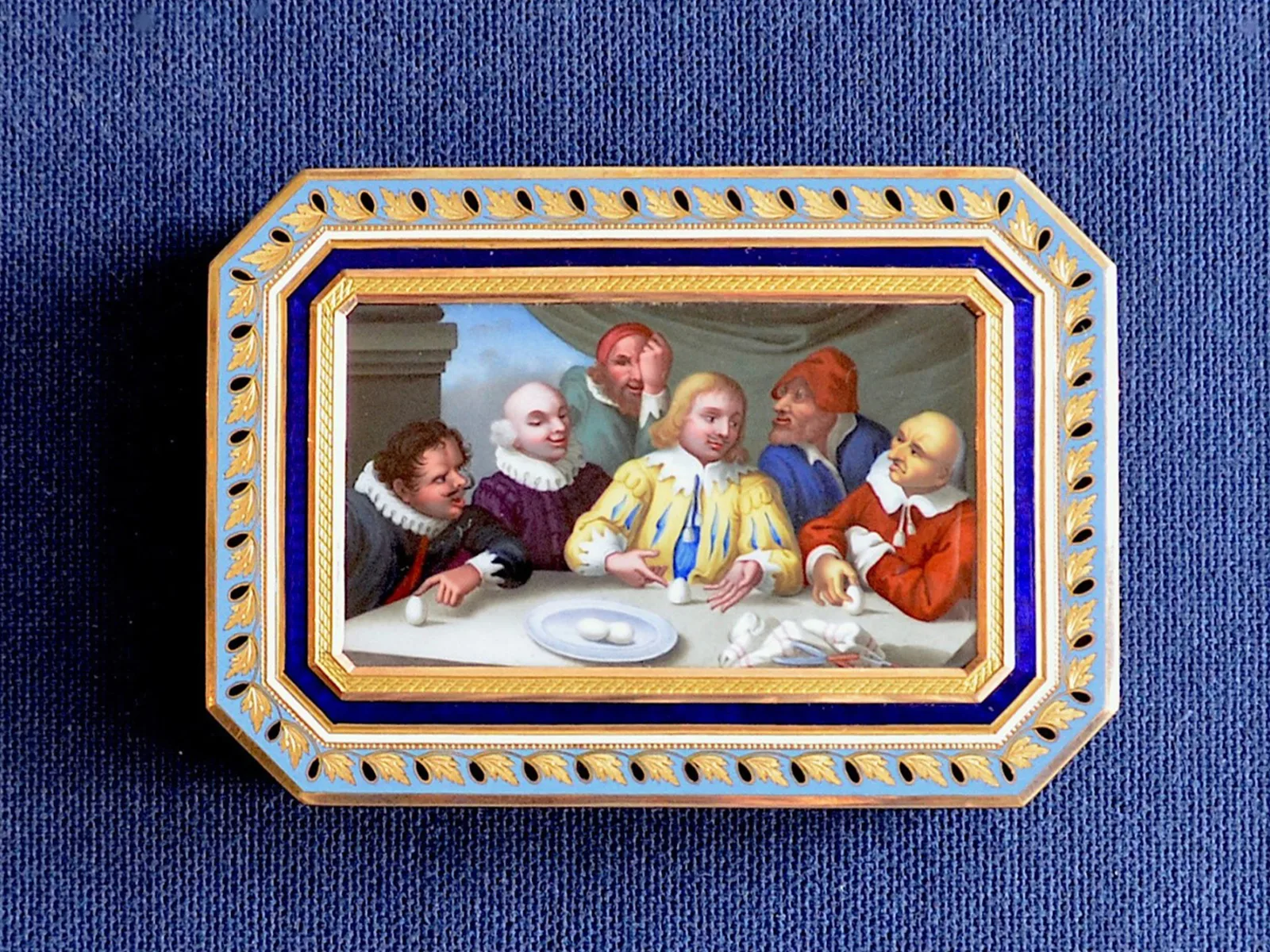
Columbus' egg
A tobacco box with a tale or two to tell – or, how a gift from King Frederick I of Württemberg to Philipp Emanuel von Fellenberg fell prey to a notorious art thief 200 years later.
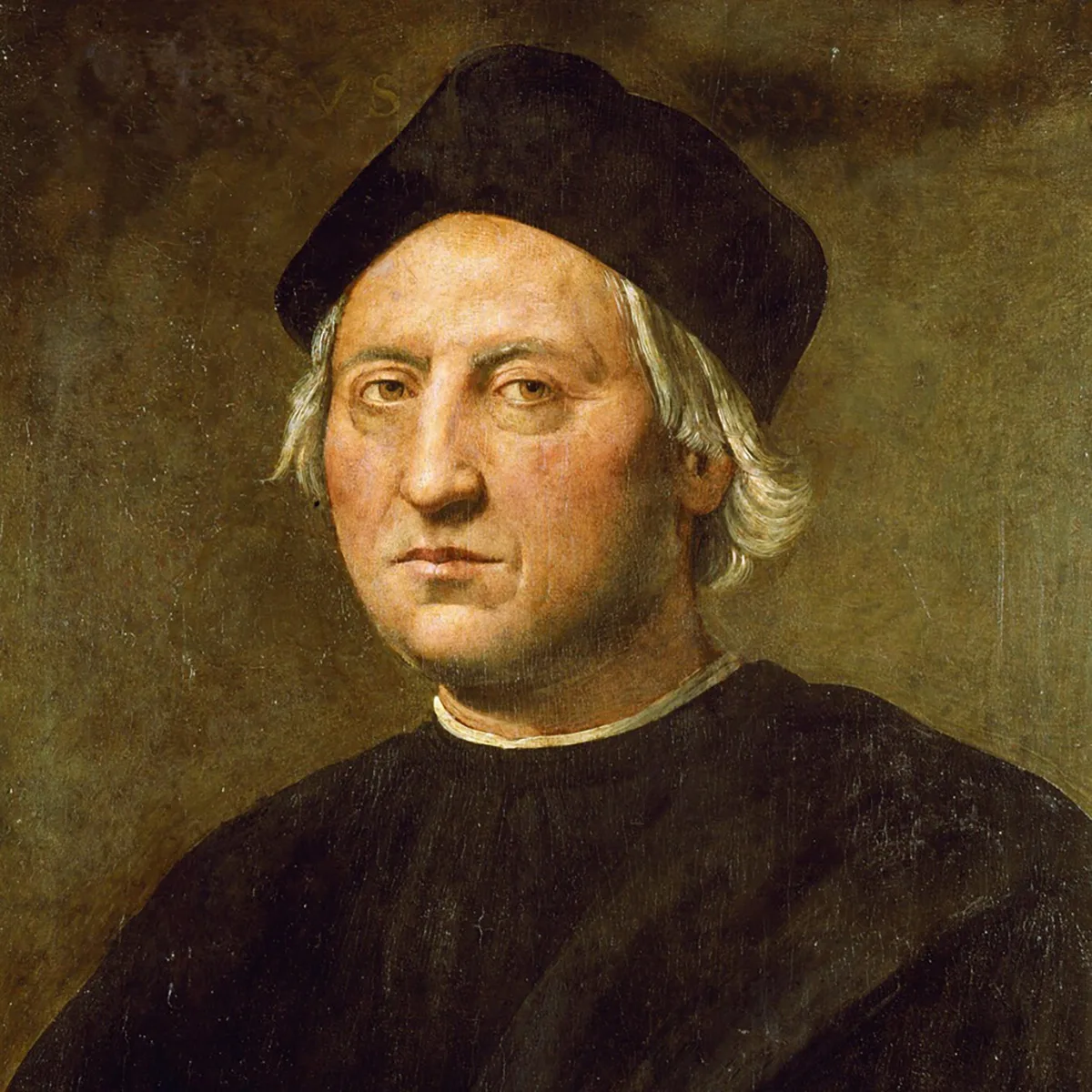
You could have done it, but I did it!

The “egg of Columbus” as a royal gift
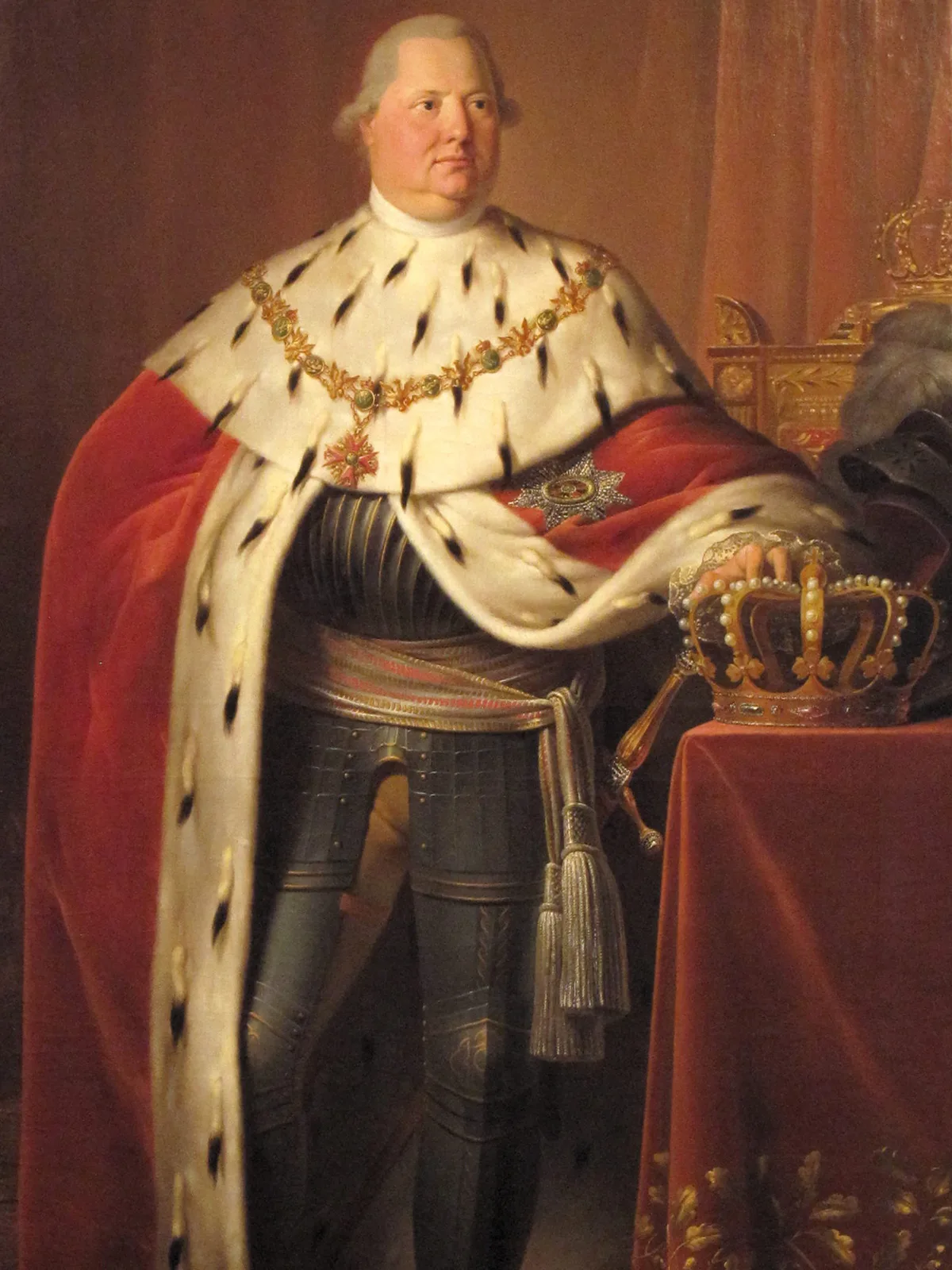

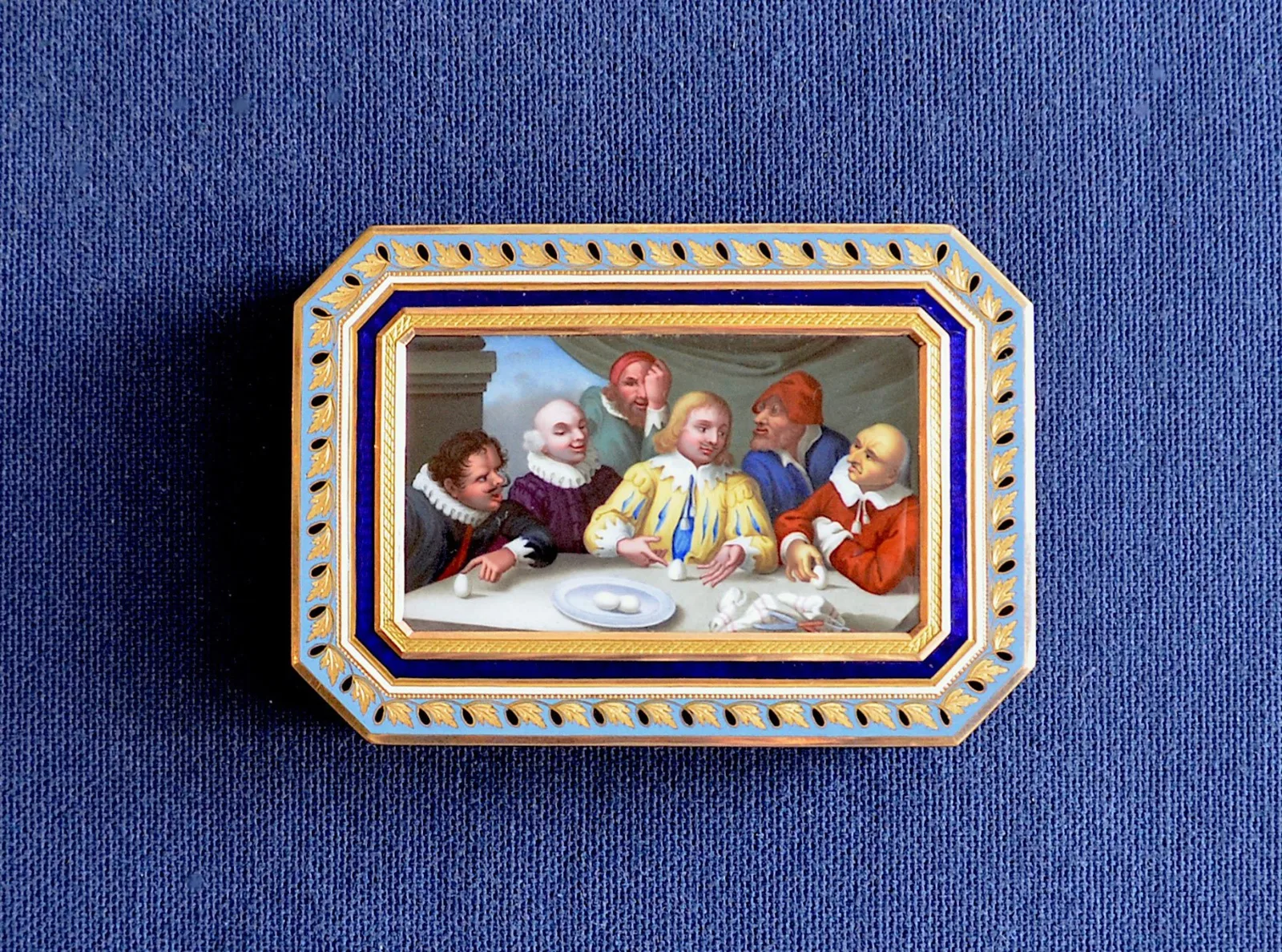
The “egg of Columbus” as stolen goods

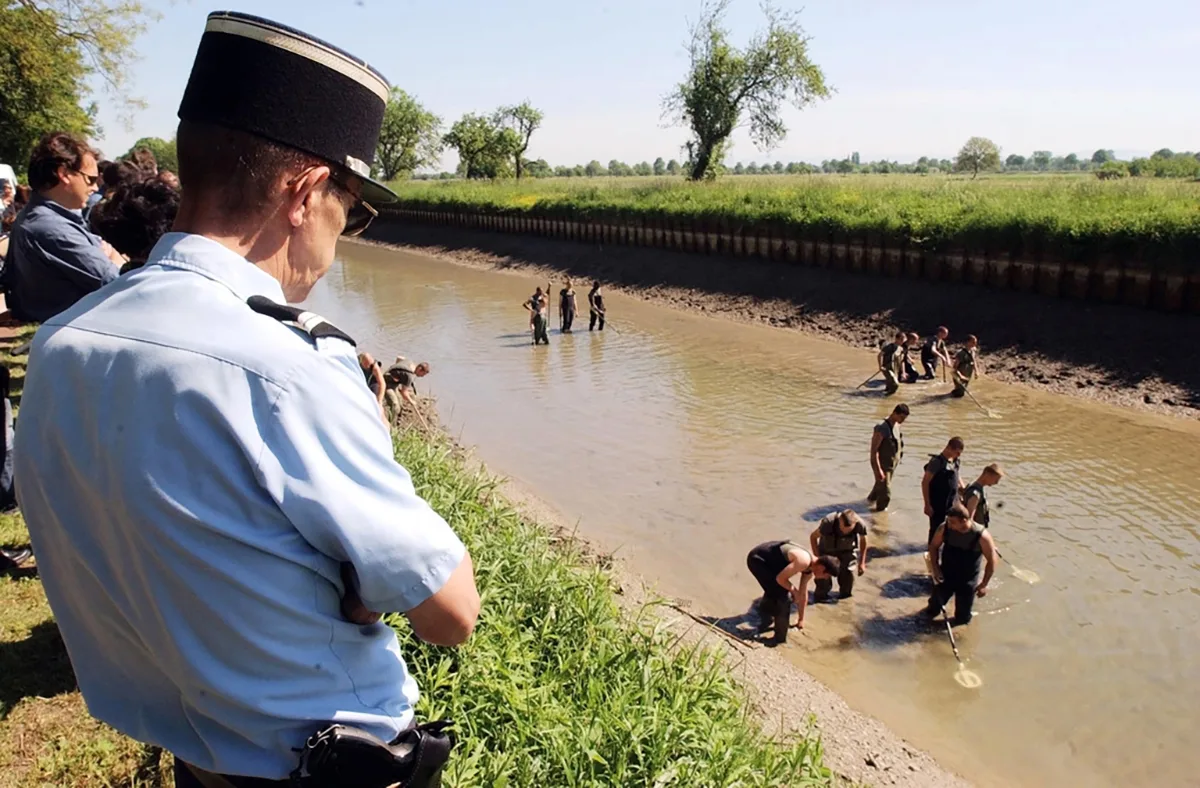
Columbus’ rotten egg


